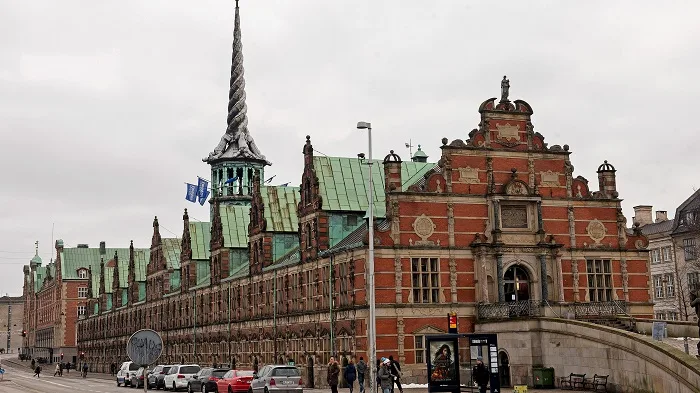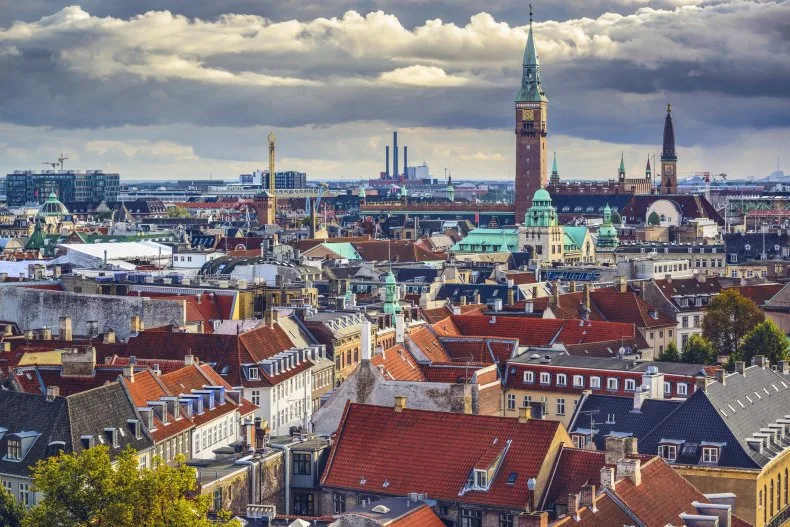
Copenhagen: A City of Historical Charm and Modern Vibrancy
Copenhagen, the capital of Denmark, offers a unique blend of old-world charm and modern innovation, making it a must-visit destination for travellers from around the globe. From its historical roots to its contemporary attractions, here’s why Copenhagen stands out as a premier travel choice.
The Foundations of Copenhagen
Founded in the early 12th century as a humble fishing village, Copenhagen has evolved dramatically over the centuries. The city was officially established by Bishop Absalon, who built a protective fortress around the area, recognising its strategic importance due to its location on the Baltic Sea. Copenhagen’s development into a bustling trading hub laid the groundwork for what would become one of Europe’s most significant cities.
The reasons behind its founding—security, trade, and strategic location—continue to shape Copenhagen today. These origins have ingrained a deep maritime heritage and a resilient spirit in the city, characteristics that attract millions of tourists annually.
Copenhagen’s Role in Denmark
Copenhagen is not only the political capital of Denmark but also its cultural and economic heart. Home to the Danish parliament, the royal family, and numerous government institutions, the city is at the core of Danish governance and policy-making. Its vibrant economy is supported by sectors like shipping, information technology, and clean energy.
The city’s cultural significance is equally impressive, hosting several world-renowned institutions such as the National Museum and the Royal Theatre. Copenhagen’s commitment to sustainability and quality of life has set standards globally, making it a model city for urban development and environmental management.
This significant role not only boosts Denmark’s international profile but also enhances the quality of life for its residents and the overall experience for visitors, combining rich history with modern living.
Entertainment and Leisure in Copenhagen
Copenhagen’s entertainment scene is diverse, ranging from historic sites and museums to modern art galleries and music venues. The city’s nightlife offers a variety of options, including traditional Danish pubs, trendy bars, and clubs that feature international DJs.
For families, attractions like Tivoli Gardens, one of the oldest operational amusement parks in the world, provide timeless fun with a charming mix of rides, games, and gardens. The park is not just an amusement hub but also a venue for performing arts and seasonal festivals, reflecting the city’s rich artistic heritage.
During the day, the streets of Copenhagen buzz with the energy of street performers, markets, and live music, creating a lively atmosphere that captures the essence of Danish hygge—a concept of cosy contentment and well-being.
The city also boasts a robust sporting scene, with facilities for biking, sailing, and other outdoor activities that leverage its scenic landscapes and green spaces.
Top Attractions in Copenhagen
Among the city’s must-visit landmarks is the iconic Little Mermaid statue, inspired by Hans Christian Andersen’s fairy tale. Another significant attraction is the Amalienborg Palace, the winter residence of the Danish royal family, which offers insights into royal Danish history and architecture.
The Copenhagen Opera House, a marvel of modern architecture, stands across from the historic harbour area, symbolising the city’s blend of old and new. Additionally, the Round Tower observatory provides panoramic views of the old city center, offering a literal and metaphorical overview of Copenhagen’s historical and cultural landscape.
For history enthusiasts, the Christianborg Palace on the islet of Slotsholmen showcases over 800 years of Danish royal history, housed in a building that encapsulates various architectural styles from different eras.

Significant Places in Copenhagen
The city’s historic district, Indre By, or the Inner City, is home to many of Copenhagen’s oldest buildings and streets, filled with stories of the past. Nearby, the vibrant district of Vesterbro offers a glimpse into Copenhagen’s urban culture, with a mix of boutique shops, art galleries, and cafes.
Christianshavn is another notable area, known for its canals and the Freetown Christiania, a self-proclaimed autonomous neighborhood famous for its artistic expression and community spirit. This district highlights the city’s historical development and its continuous evolution.
These significant places not only enrich visitors’ experiences but also illustrate Copenhagen’s complex identity, blending its historical roots with a progressive and inclusive modern culture.
Heritage and Legacy of Copenhagen
Copenhagen’s heritage is deeply woven into its urban fabric, with preserved historical sites and buildings that tell the tales of its storied past. The city’s legacy as a major Baltic trade hub has influenced its architectural styles, cultural norms, and urban development.
Moreover, Copenhagen’s historical role in major European historical events, including various wars and political shifts, has left a lasting impact on its cultural and societal structures. This rich historical tapestry makes Copenhagen a living museum, inviting exploration and discovery.
